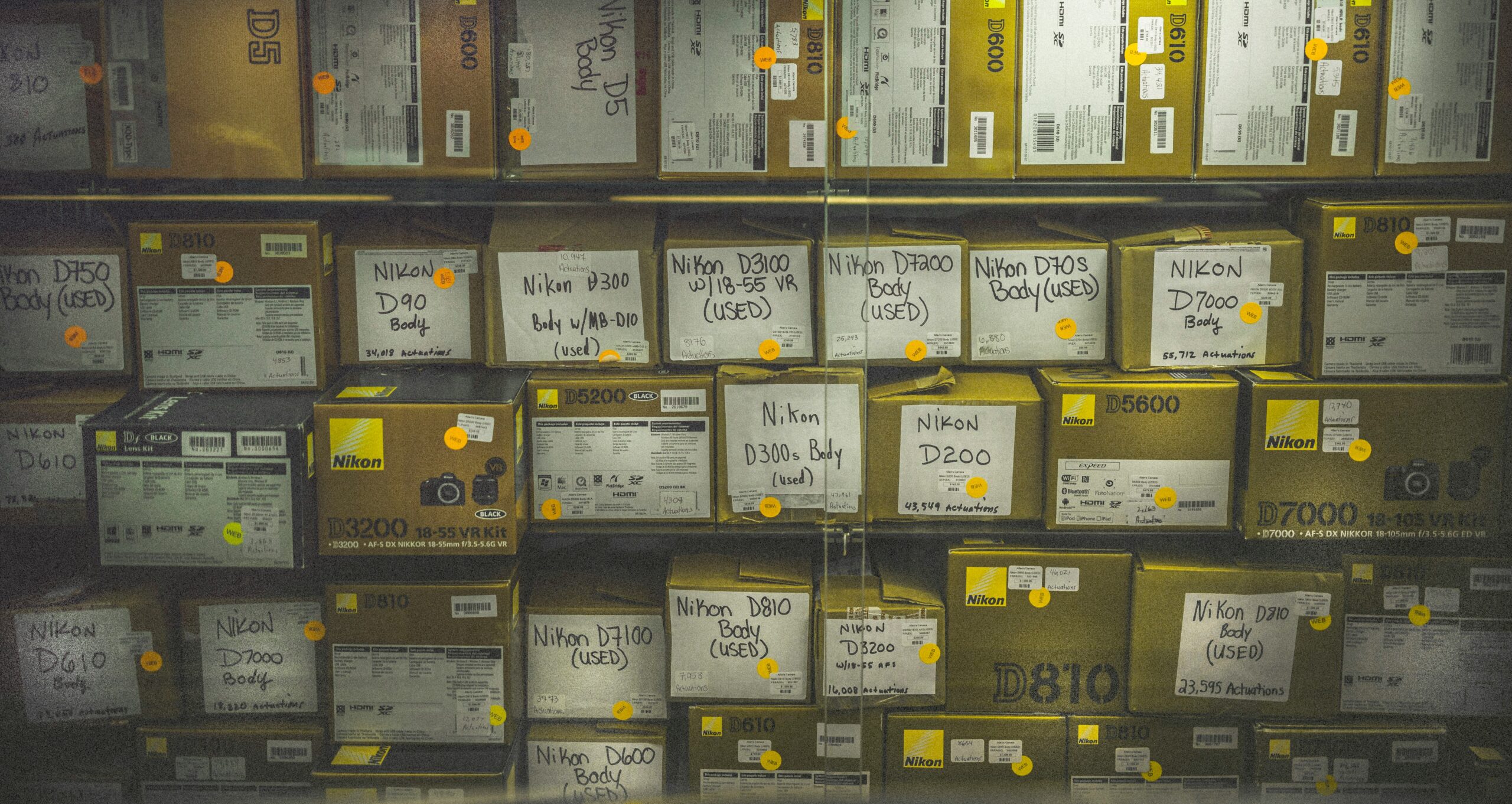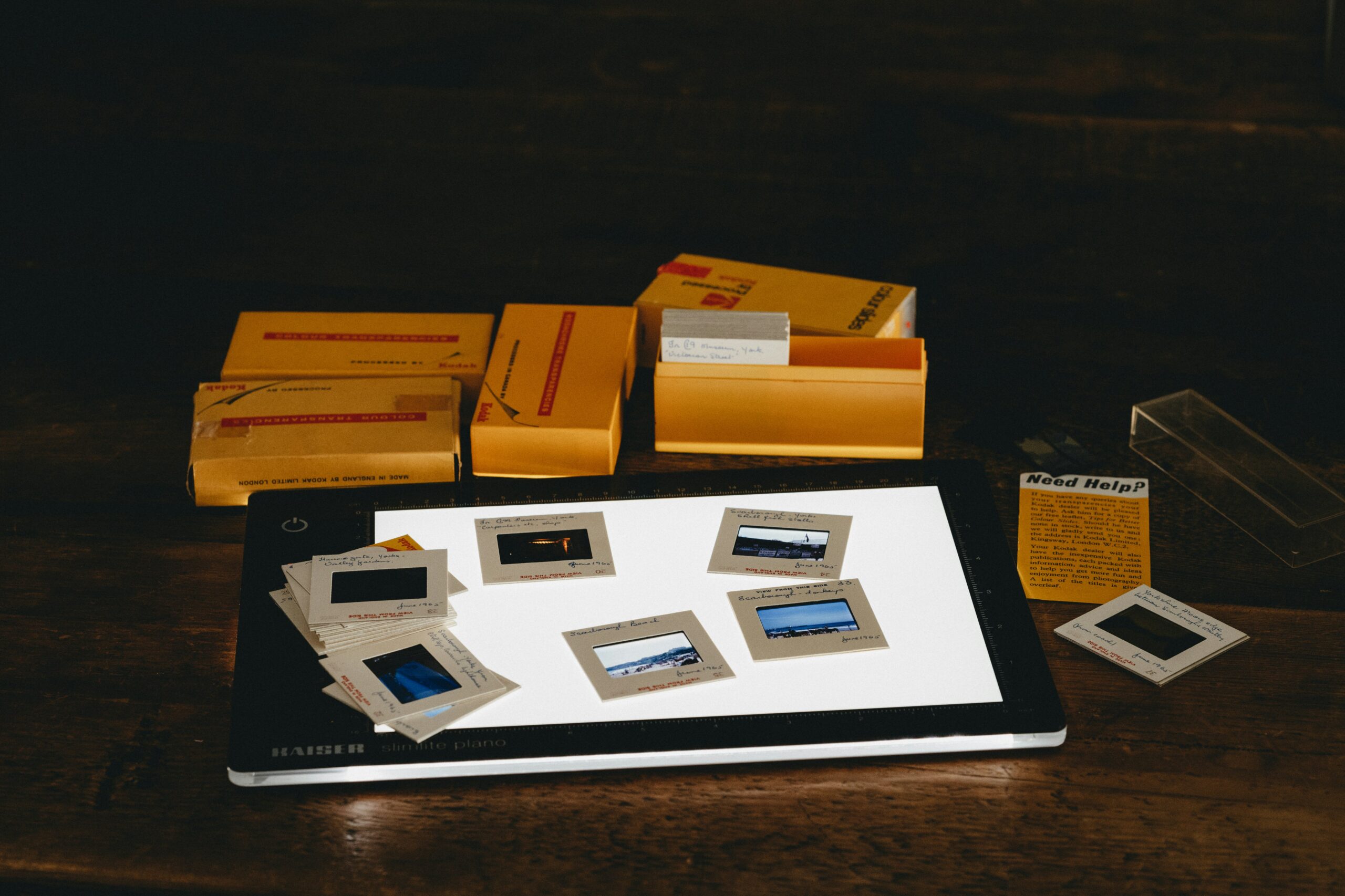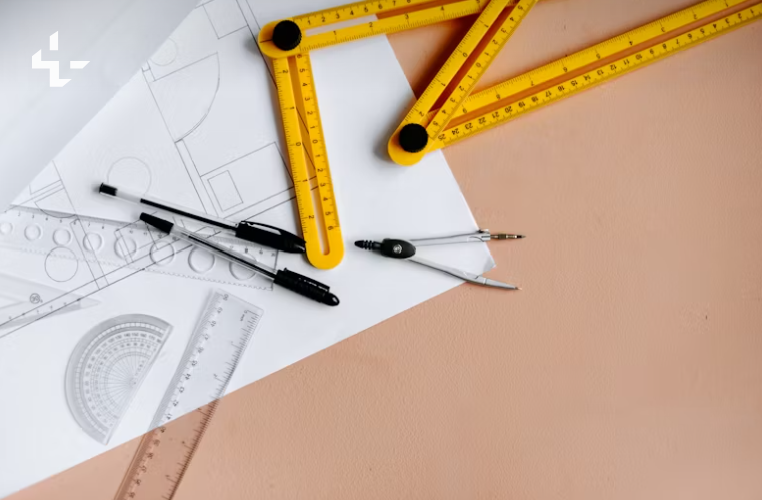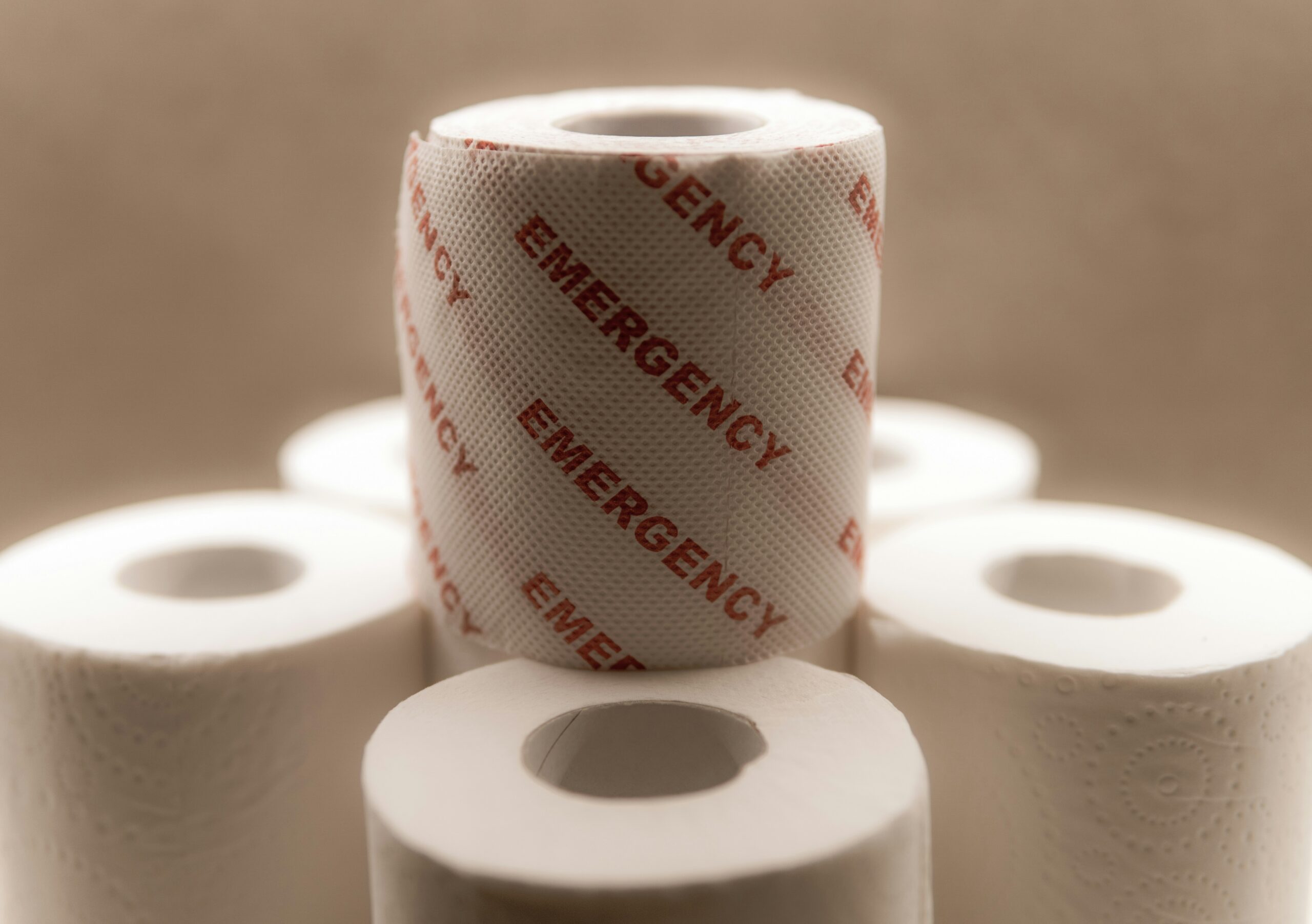Scientific Art Examination
Conservation Analysis
Expert technical examination and scientific analysis of artwork for museums, private collectors, and institutions
Technical Examination
Scientific analysis of artwork with comprehensive documentation
Expert Technical Analysis
Our conservation analysis service provides thorough scientific examination and documentation of artwork of all periods and types. Whether you oversee a museum collection, manage a corporate art portfolio, or maintain a private collection, our team of conservators and scientists will conduct a comprehensive technical analysis of your works, identifying materials, techniques, and conservation concerns.
Each analysis begins with non-invasive examination techniques, documenting materials, techniques, alterations, and condition issues. Our detailed reports include scientific findings, material identification, creation techniques, and treatment recommendations. This information becomes an invaluable resource for conservation planning, authentication questions, exhibition preparation, and long-term preservation strategies.
Beyond standard examinations, our service can include specialized imaging, spectroscopic analysis, material sampling when appropriate, and comparative technical studies. We tailor each analysis to the specific needs of your artwork and research questions, ensuring you receive practical, actionable information to guide your conservation and curatorial decisions.
Key Benefits
- Scientific identification of materials and techniques
- Detection of alterations, restorations, and forgeries
- Specialized imaging for hidden features and underdrawings
- Documentation for authentication and technical art history
- Informed treatment recommendations and approaches
- Detailed technical reports with scientific images
Strategic Advantages
How conservation analysis enhances understanding and preservation
Enhanced Authentication
Scientific analysis provides crucial evidence for attribution and authenticity questions by identifying period-appropriate materials, artist techniques, and revealing alterations or forgery indicators. Our analytical techniques can reveal compositional changes, hidden signatures, and other features invisible to the naked eye.
- Identify materials consistent with the purported period
- Reveal artist techniques and working methods
- Detect historical alterations and modern interventions
- Compare findings with known artist reference databases

Informed Conservation
Precise material identification enables conservators to develop targeted treatment strategies compatible with the original materials. Understanding an artwork's composition ensures safer, more effective conservation interventions and prevents potential damage from incompatible treatments.
- Develop material-specific conservation approaches
- Identify sensitive or unstable components requiring special care
- Select compatible conservation materials and methods
- Monitor treatment effectiveness through analytical comparison

Art Historical Insights
Technical analysis often reveals aspects of an artist's process invisible to traditional art historical methods, including underdrawings, compositional changes, and studio practices. These discoveries contribute valuable knowledge to scholarship and can enhance exhibition interpretation.
- Visualize preliminary sketches and compositional changes
- Document artist's techniques and material preferences
- Uncover hidden signatures or inscriptions
- Provide material evidence for provenance research

Our Analysis Process
A methodical approach to examining artwork
Initial Consultation
We begin with a discussion of your artwork, research questions, and specific analytical needs.
Visual Examination
Initial assessment using visual inspection, microscopy, and specialized lighting techniques.
Technical Imaging
Non-invasive imaging techniques including UV, IR, X-ray, and multispectral analysis.
Material Analysis
Identification of pigments, binding media, and substrates using XRF, FTIR, or other techniques.
Data Interpretation
Expert analysis of findings to address authenticity, technique, or conservation questions.
Final Report
Comprehensive documentation of findings, images, and recommendations for preservation.
Analysis Services
Tailored analytical approaches for different research and conservation needs
Technical Examination
Our standard technical examination uses multiple imaging techniques to document an artwork's structure, hidden features, and condition. This non-invasive approach reveals information invisible to the naked eye, providing valuable insights for curators, conservators, and collectors.
- High-resolution visible light documentation
- Ultraviolet fluorescence imaging to reveal coatings and restorations
- Infrared reflectography to visualize underdrawings
- Raking light examination to document surface texture
- Photomicrography of selected areas
- Comprehensive report with digital images and findings

Material Analysis
Our material analysis service employs advanced scientific techniques to identify pigments, binding media, varnishes, canvas, and other materials used in artwork. This information is crucial for understanding an artist's technique, for dating works, and for developing appropriate conservation strategies.
- X-ray fluorescence (XRF) spectroscopy for elemental analysis
- Fourier-transform infrared spectroscopy (FTIR) for organic materials
- Cross-section microscopy when sampling is permitted
- Fiber identification and analysis of support materials
- Pigment mapping and distribution analysis
- Detailed material identification report with reference data

Authentication Study
Our authentication studies combine technical imaging, material analysis, and comparative research to provide evidence-based insights into questions of attribution, authenticity, and dating. While we do not provide certificates of authenticity, our objective scientific data supports informed decision-making.
- Comprehensive technical and material analysis
- Comparison with reference databases of artist materials
- Identification of anachronistic materials or techniques
- Documentation of signature, inscriptions, and labels
- Analysis of painting style and technique
- Evidence-based technical report with referenced findings

Condition Assessment
Our condition assessments thoroughly document the current state of an artwork, identifying active deterioration, previous restorations, structural issues, and conservation needs. These assessments are valuable for pre-acquisition reviews, loan requirements, insurance documentation, and treatment planning.
- Detailed documentation of current condition and stability
- Identification of previous treatments and alterations
- Assessment of structural issues and material degradation
- Conservation treatment recommendations and priorities
- Environmental and display recommendations
- Comprehensive report with annotated imaging

Client Testimonials
What our clients say about our conservation analysis services
The technical analysis provided by Williamsburg Art Conservation was invaluable for our recent exhibition. Their imaging revealed underdrawings that completely changed our understanding of the artist's process, allowing us to develop a much more compelling interpretive narrative for our visitors.

Elizabeth Harper
Curator, Riverside Art Museum
As a private collector, I was concerned about the authenticity of an acquisition. The conservation analysis team provided clear, scientifically-grounded evidence that confirmed the painting's attribution and revealed fascinating details about the artist's technique that deepened my appreciation of the work.

James Richardson
Private Collector
The material analysis conducted on our 18th-century collection provided crucial insights that informed our conservation treatment plan. Their identification of specific pigments and binding media allowed us to select appropriate conservation materials and methods, ensuring the long-term stability of these important works.

Sarah Montague
Head Conservator, Hartford Historical Society
Common Questions
Answers to frequently asked questions about conservation analysis
What types of artwork can you analyze?
Is sampling required for material analysis?
Can your analysis definitively authenticate a work of art?
How long does a conservation analysis take?
Can analysis be done on-site at our location?
What information will I receive in the final report?
Discover Your Artwork's Secrets
Conservation analysis reveals hidden aspects of your artwork—from underdrawings and compositional changes to material composition and physical history. Contact us to discuss how our scientific examination services can enhance your understanding and preservation of important works.
Technical Examination Package
Base price for standard examination
- High-resolution visible light documentation
- Ultraviolet fluorescence imaging
- Infrared reflectography
- Digital microscopy of key areas
- Basic XRF analysis of selected points
- Comprehensive digital report with findings